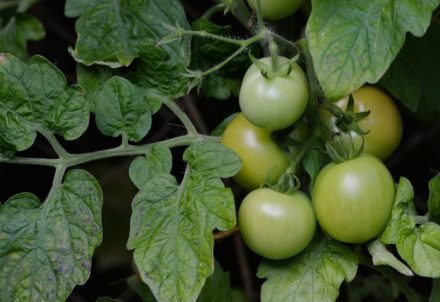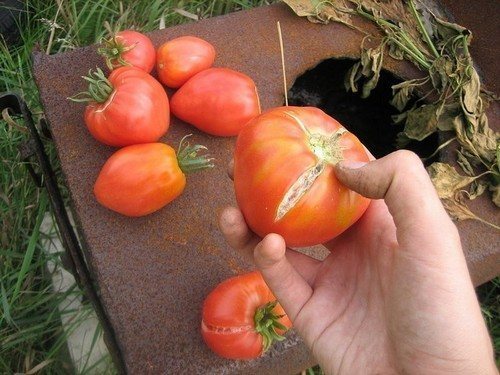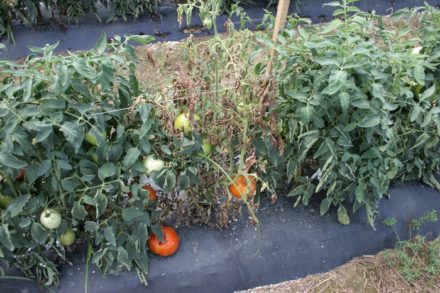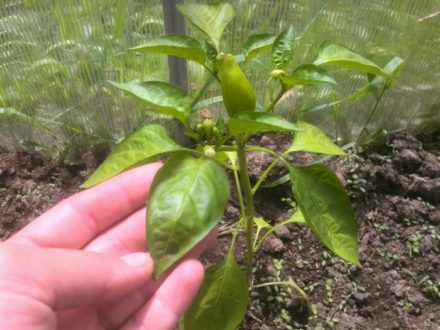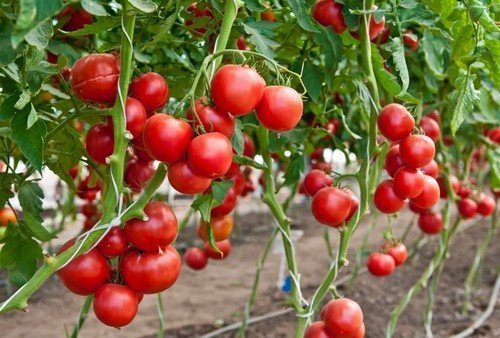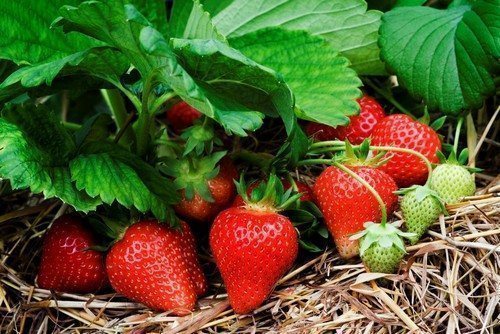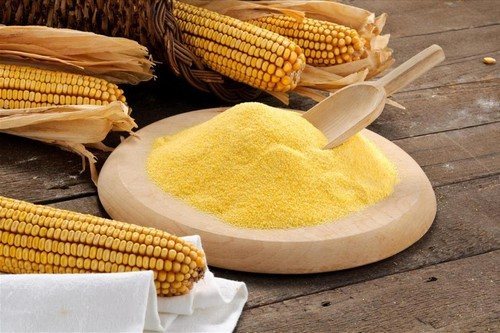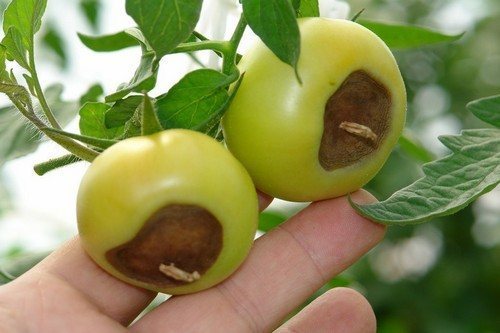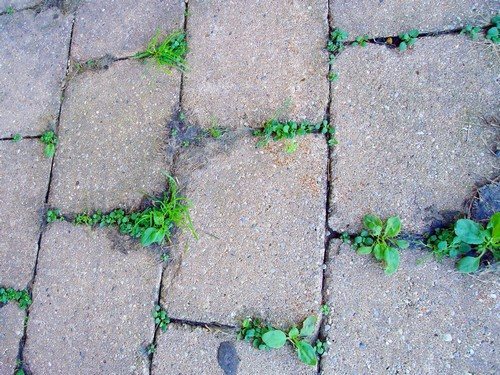Growing tomatoes is not an easy task even for an experienced gardener. Plants quickly respond to changes in weather conditions and other external influences. Therefore, it is necessary to control their condition in order to get beautiful large fruits closer to autumn.
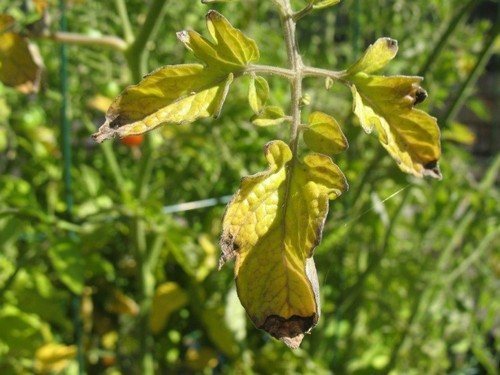
A common problem when growing tomatoes is yellowing of the leaves. To improve the situation, you must first establish the cause and only then take action.
There are five main reasons and, accordingly, ways to help yellowing tomatoes.
Violation of temperature conditions
Tomatoes are sensitive to cold and heat. When there is a sharp cold snap, their leaves quickly change color. This is a sign that the vegetables are frozen.
Heat is also not the best weather for these plants, especially during the period of planting them in the beds. The foliage begins to wrinkle, turn yellow, and then dies.
The way out of the situation will be high-quality protection of seedlings. In cool weather, plants should be covered with thick plastic film. In summer, tomatoes will be saved from the heat by shade, which can be created using a homemade canopy.
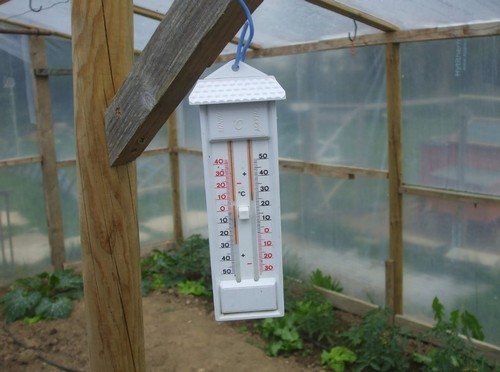
Poor functioning of the root system
No plant develops fully if there are problems with the roots. They often appear when planting seedlings and weeding beds is not done properly. One wrong move and the root system suffers serious mechanical damage. It takes time for new roots to grow.
There are also situations when the root system is initially weak and develops incorrectly. Because of this, seedlings have difficulty growing in a new place after planting.
In both cases, the plants will be saved by special root formation stimulants. If you follow everything strictly according to the instructions, follow the dosage and duration of use, the condition of the tomatoes will quickly improve.
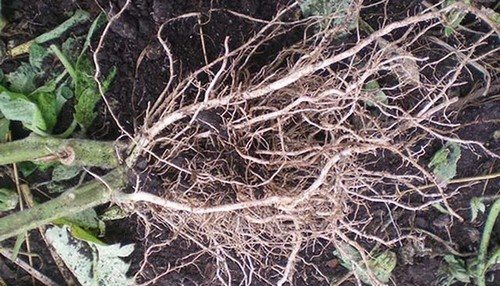
Nutritional deficiencies
- With a lack of nitrogen, the leaves become yellow, sometimes even bluish, and the plant itself looks frail and withering.
- Phosphorus increases plant resistance to cold and disease and accelerates the development of the root system. If phosphorus is deficient, the leaves change color, dry out and die. New leaves grow with difficulty.
- A key component of chlorophyll, which gives leaves their green color, is magnesium. With excessive watering, this substance is washed out. Because of this, yellow and brown spots form on the leaves.
- Zinc activates phosphorus metabolism and the synthesis of vitamins. When there is not enough of it, as in the cases discussed earlier, the leaves turn yellow and die.
The shortage of any microelements is eliminated through the use of mineral fertilizers. Since it is difficult to determine which specific substance is missing, professionals recommend choosing complex products. The main thing is to use fertilizers wisely; oversaturation with various substances will not lead to anything good.

Pests
This is the most common problem when growing not only tomatoes, but also other garden plants. The main pest is still the mole cricket.The insect eats away the roots of the plant, which leads to disruption of metabolic processes and death.
You should periodically inspect tomatoes to detect pests in time. The most effective way to combat them is with chemicals that destroy insects and do not have a negative effect on plants.
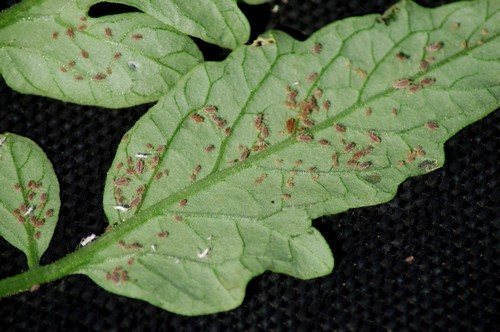
Improper watering
As you know, you need to water tomatoes with warm water at the rate of 1 liter per bush, every 3 days. But there are those who neglect the general rules of watering. For example, the use of cold water leads to inhibition of development and gradual destruction of the root system. The first sign of this process is yellowing of the leaves. Therefore, you need to be smart about watering tomatoes and not engage in amateur activities.
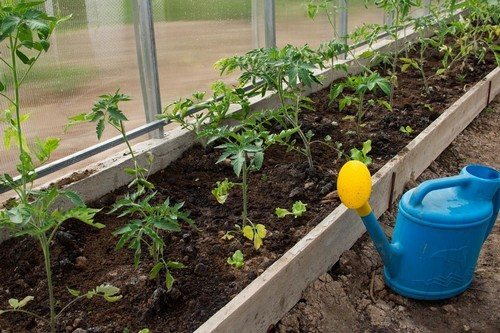
As already mentioned, in order to solve the problem of yellowing leaves, it is important to understand why it arose. With minimal knowledge and experience this is not difficult to do. Using the information from the article, it will be possible to bring plants back to life in an accelerated time frame.


